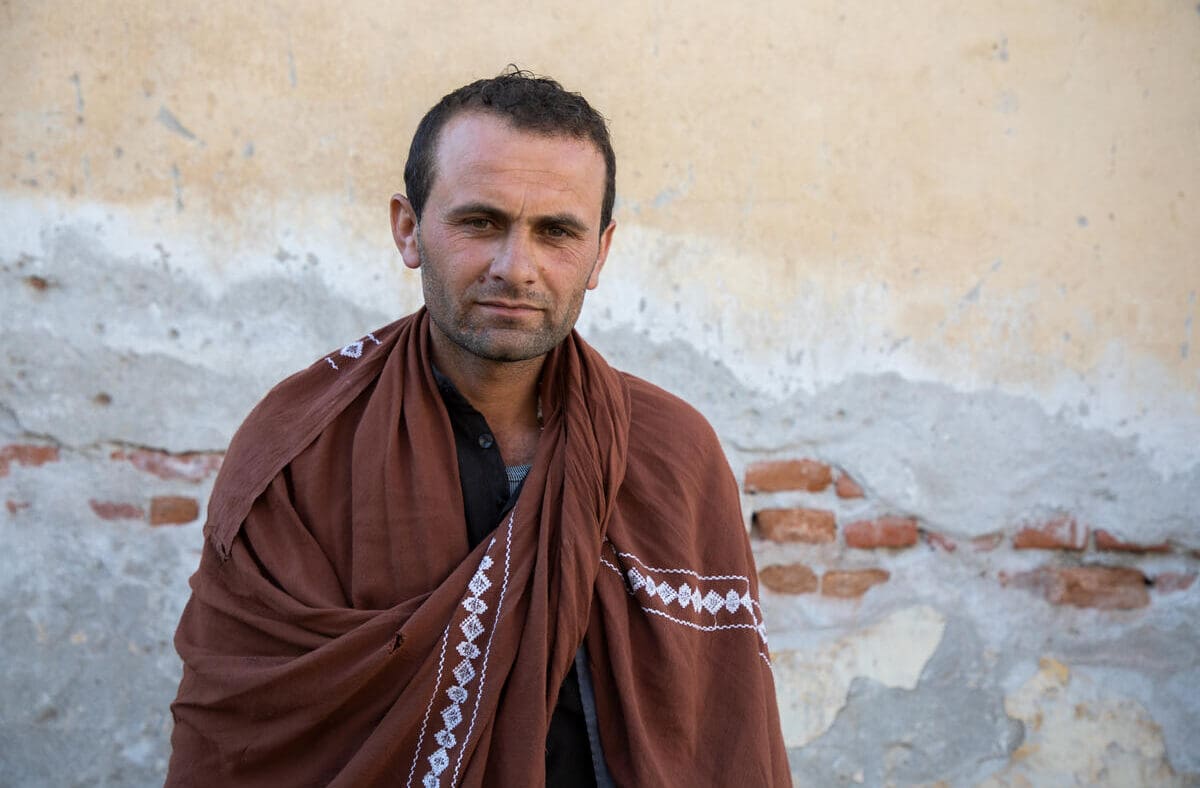
Conflict & Hunger in
Afghanistan
One-third of Afghanistan’s population faces extreme hunger, including 3 million people on the brink of starvation. WFP’s food assistance is the last lifeline for millions of Afghans.
A Nation in Distress
Decades of complex conflicts, combined with an economic crisis and climate shocks, have pushed over 14 million Afghans into the most extreme levels of hunger.
Afghans face crisis levels of hunger
Afghans are on the brink of starvation
Afghans received food from WFP in 2024
Q&A with Afghanistan Country Director
WFP is committed to staying the course in Afghanistan as long as it is possible to deliver assistance to the Afghan people while ensuring the safety of our staff.
WFP has been in Afghanistan for more than 60 years and despite security and logistics challenges, is on the ground working with partners to get food to those most in need.
How We Help Afghans Survive Hunger
WFP has been working in Afghanistan since 1963 with a special focus on women and girls. With your help, we provide:
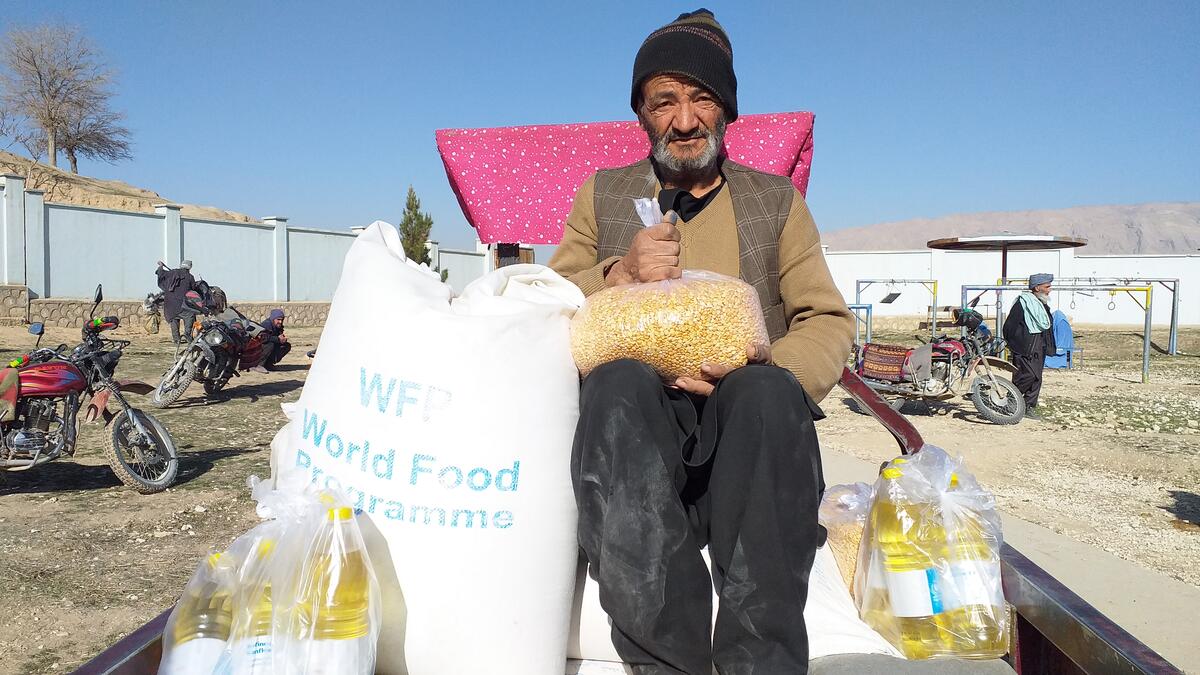
In 2024, WFP reached 11.8 million people through emergency food and cash assistance. WFP prioritizes food assistance for vulnerable women and girls facing extreme hunger.

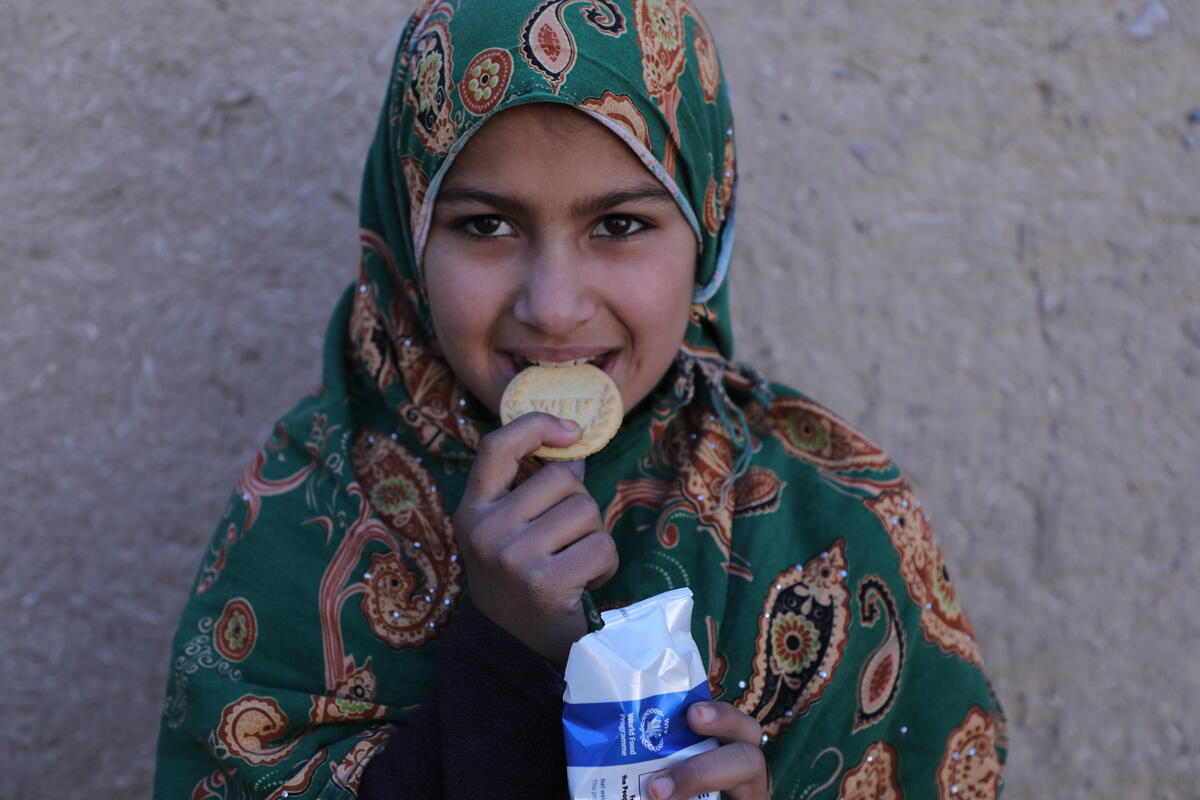
WFP’s school meals are a lifeline for the children of Afghanistan. Through daily meals, hundreds of thousands of students receive the nutrition they need to thrive in the classroom.

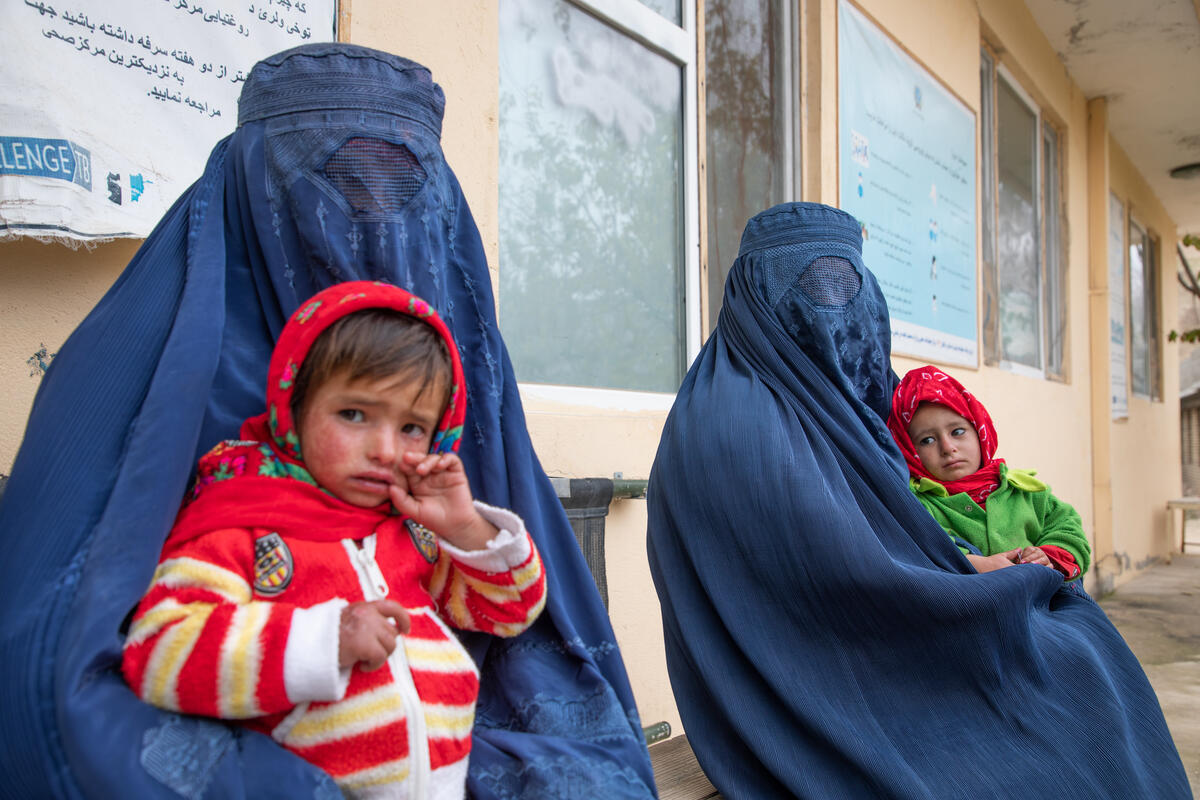
Afghanistan faces the sharpest surge in malnutrition ever recorded in the country. WFP continues to support millions of women and children through nutrition assistance.

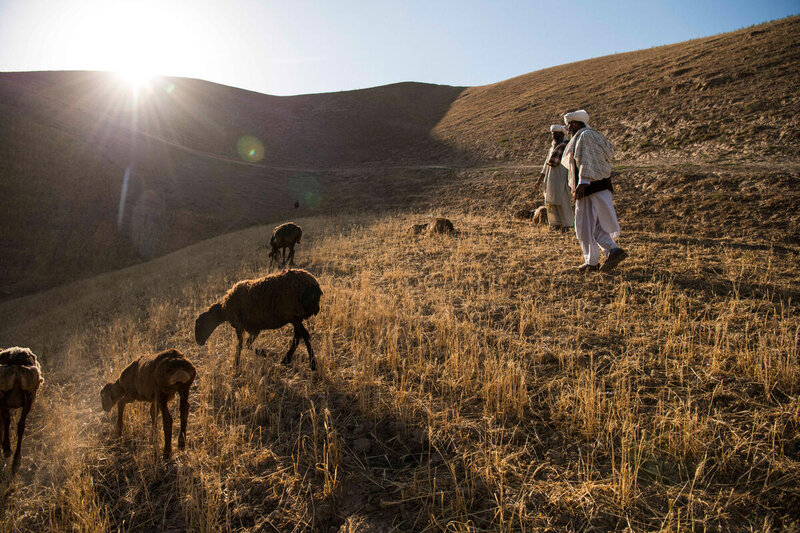
WFP helps communities to build assets like flood protection walls and water canals. These projects protect agricultural land and combat the effects of the climate crisis.

A Dangerous Uphill Battle
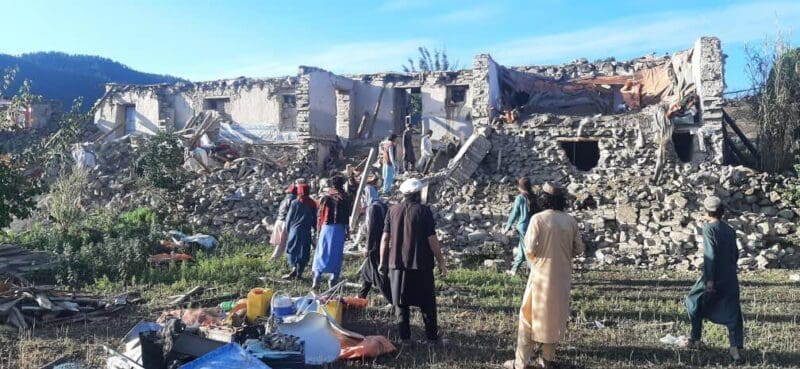
Conflict
For decades, Afghans have lived through foreign intervention, civil war, insurgency and widespread insecurity. This has destroyed the country’s economic growth, limiting opportunities and making poverty worse. The recent escalation of conflict has thrown the lives of Afghan families into turmoil and uncertainty.
Photo: WFP/ Sheer Ali/2022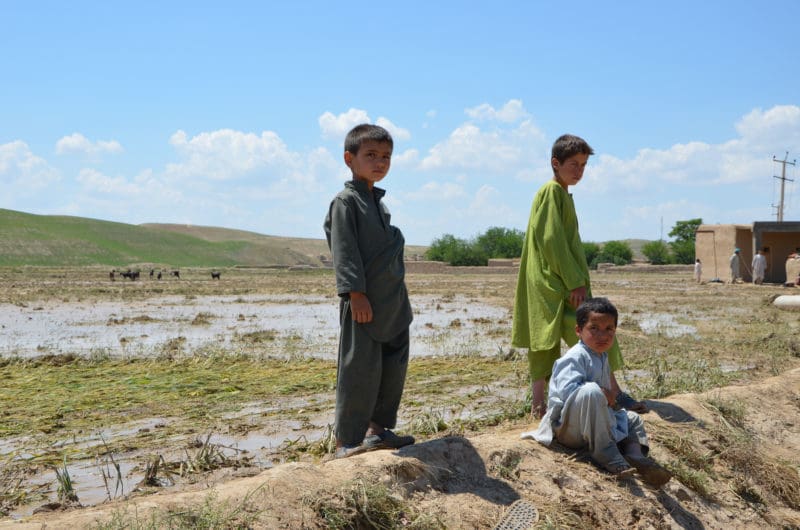
Hunger
Afghanistan remains a global hunger hotspot with more than one third of the population facing extreme hunger. Undernutrition is a concern for women, children, displaced people, returnees, households headed by women and people with disabilities.
Photo: WFP/Sven Thelin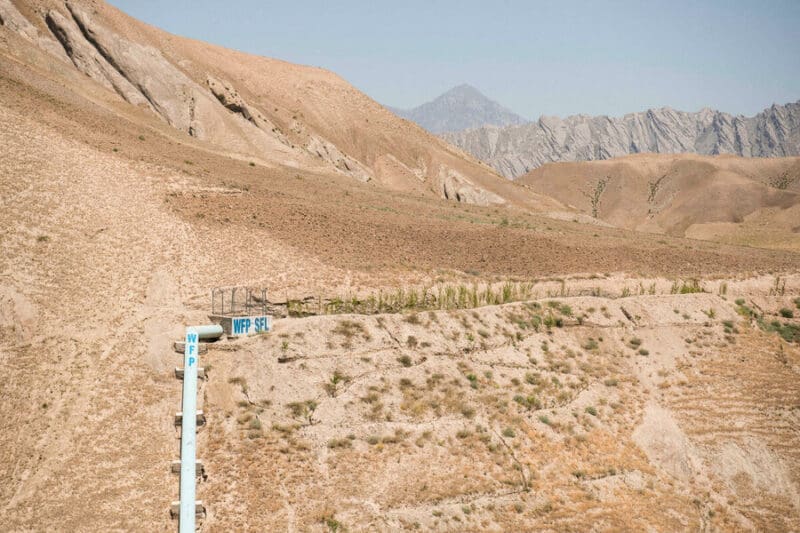
Drought
A massive drought in 2018 – the worst in a decade – wreaked havoc on most of the country. It displaced thousands, kept farmers from growing crops and forced people to sell animals.
Photo: WFP/Arete/Andrew Quilty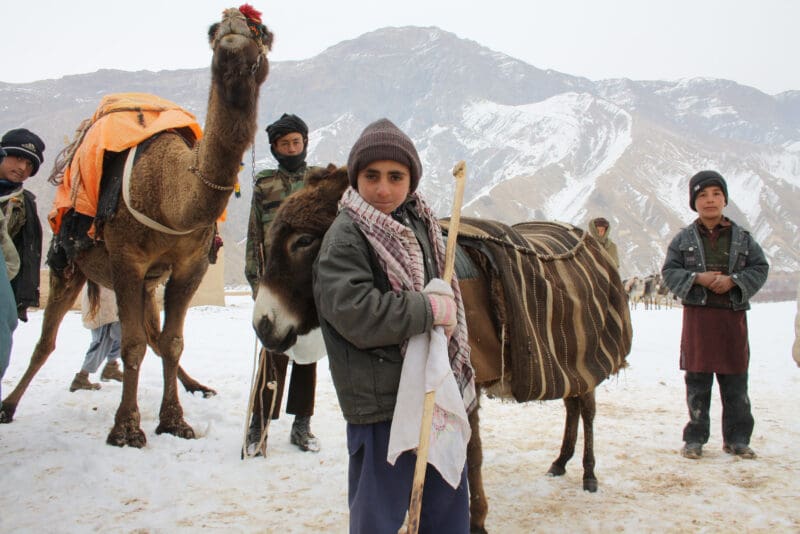
The Larger Climate
Every year, some 250,000 Afghans are affected by a wide range of environmental disasters including floods, droughts, avalanches, landslides and earthquakes. Weather events become more and more unpredictable – and severe – each year.
Photo: WFP/Silke Buhr



What’s Happening in Afghanistan?
Read the latest stories and updates from Afghanistan:
Help Provide Support in Emergencies
You can help save lives in Afghanistan and other countries by donating to send emergency food supplies today.


